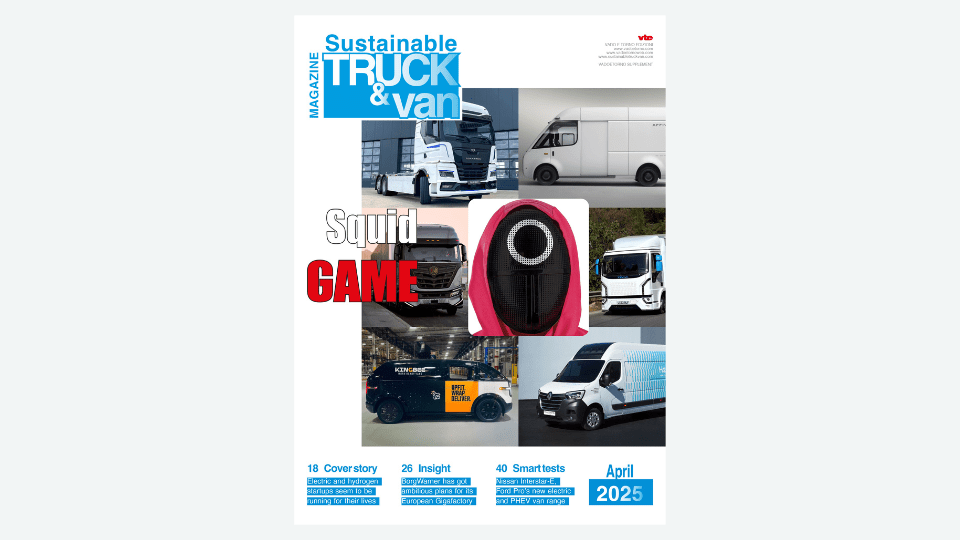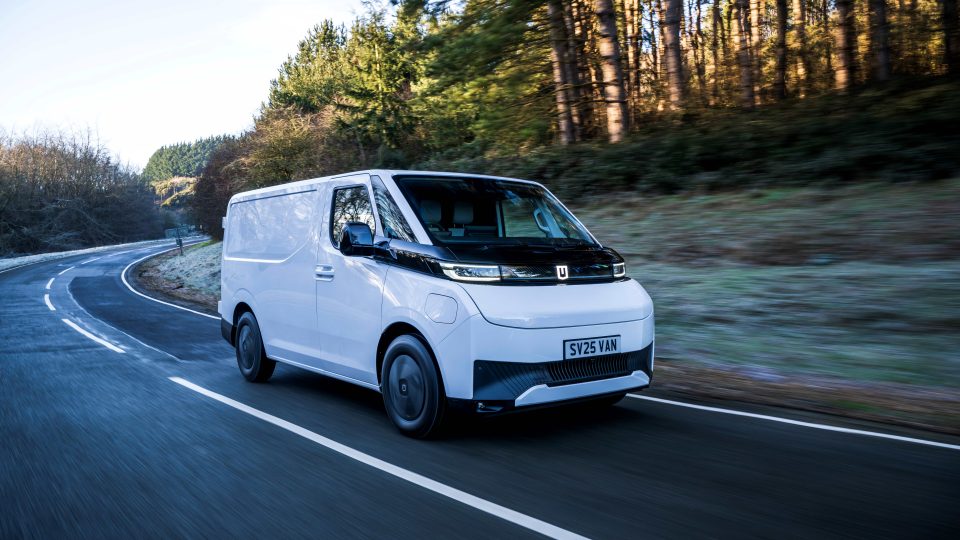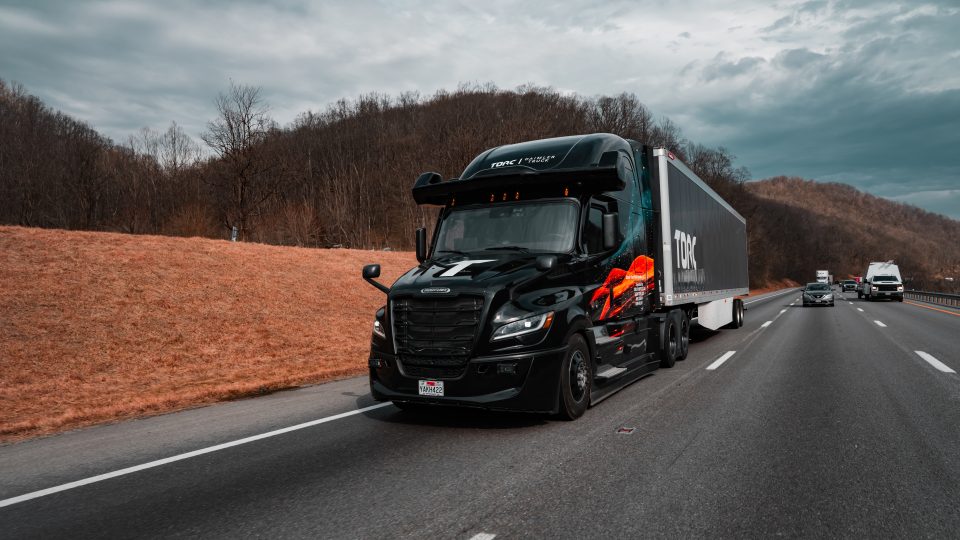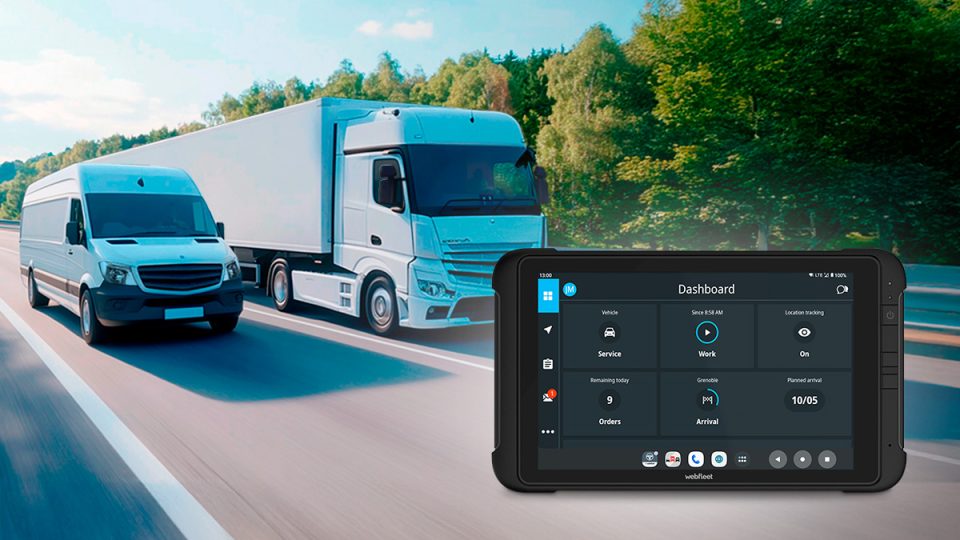ZF ProAI, the supercomputer for automated and autonomous vehicles to be introduced at IAA 2021
ZF Group has also shared the financial results as for the first half of 2021. In contrast to the first half of 2020, which was significantly impacted by the Covid-19 pandemic, the company generated sales of €19.3 billion (2020: €13.5 billion) in the first six months of this year. Year over year, this corresponds to a sales increase of 43 percent.
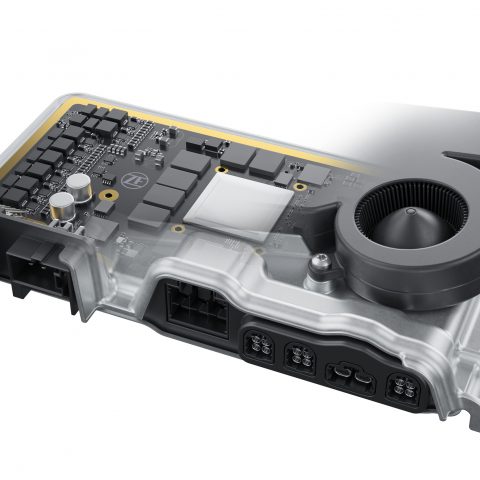
The latest generation of the ZF ProAI supercomputer will be introduced at IAA Mobility 2021, the long-awaited event that anticipates the IAA Commercial Vehicles, scheduled in September 2022. At IAA Mobility, to be held in Munich from 7 to 12 September 2021, the features of the new ZF ProAI supercomputer will be at least outlined. Talking about digitalization and connectivity, here’s our interview with Philippe Colpron, Head of Aftermarket at ZF.
With a 66 percent increase in computing power, the new ZF ProAI consumes up to 70 percent less power. The AI capabilities of the ZF ProAI are optimized for deep learning and are an important basis for further advanced safety functions. The computer provides GPU-driven 360° fusion of all available sensor data, including ambient measurement data from cameras, radars, LiDARs and audio patterns.
ZF ProAI, all the features of the new generation computers
The new generation is even more compact and thus requires less installation space. Even taking into account the available cooling options – passive cooling, air cooling and liquid cooling depending on the desired performance – most ZF ProAI models come in the same standard size of 24x14x5 cm. In line with automotive industry requirements, the high-tech interior is designed for maximum resilience and reliability even under extreme conditions and offers the latest security mechanisms against cyber threats.
ZF’s high-performance computer offers flexible computing power from 20 to 1000 teraOPS. That is up to 1000 trillion – or one quadrillion – computing operations per second. Together with the variety of cooling options available, automotive manufacturers can find a custom-fit solution for all their vehicle platforms, software applications, and E/E architectures – via a single ECU type.
ZF was able to win the first major orders for the ZF ProAI in both the passenger car and commercial vehicle segments and will produce the central controller in large-scale production from 2024.
ZF Group in the first half of 2021: 43 percent sales increase
In addition, ZF Group has also shared the financial results as for the first half of 2021. In contrast to the first half of 2020, which was significantly impacted by the Covid-19 pandemic, the company generated sales of €19.3 billion (2020: €13.5 billion) in the first six months of this year. Year over year, this corresponds to a sales increase of 43 percent. The positive business development contrasts with an overall difficult and volatile international market environment.
«We took the momentum from the second half of 2020 into this year and benefited from the economic recovery of the automotive industry», said Wolf-Henning Scheider, Chief Executive Officer of ZF (pictured below), when presenting the half-year figures on Thursday. «At the same time, we have continuously developed our organization in terms of agile cooperation and secured numerous new orders with innovative technologies for lowering emissions and enhancing vehicle safety».

The issue of semiconductor shortage
The first half of the year was characterized by immediate effects such as the semiconductor shortage and interrupted supply chains, as well as price increases for raw materials and logistics services. ZF has therefore partially re-adjusted its supply chains and shortened them by increasingly involving local suppliers. «In addition, longer-term trends are accelerating, which is evident in Europe through new highly ambitious CO2 emissions limits», declared Scheider. «While this increases the demand for all-electric drives, it will be very difficult to strike a balance between climate protection, employment, and people’s mobility needs. A clear plan for infrastructure development – from power generation and power grids to the charging infrastructure – is essential in helping determine the path forward».



